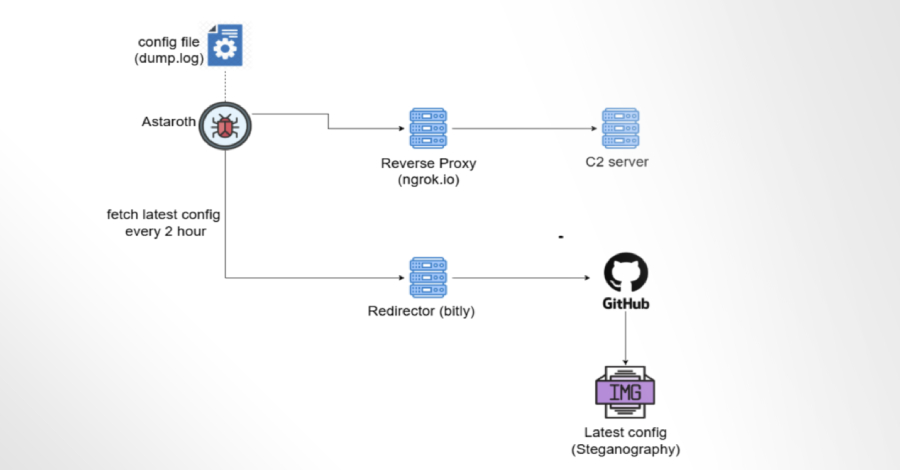⚡ Weekly Recap: WhatsApp Worm, Critical CVEs, Oracle 0-Day, Ransomware Cartel & More
Every week, the cyber world reminds us that silence doesn’t mean safety. Attacks often begin quietly — one unpatched flaw, one overlooked credential, one backup left unencrypted. By the time alarms sound, the damage is done. This week’s edition looks at how attackers are changing the game — linking different flaws, working together across borders,…
Read more










